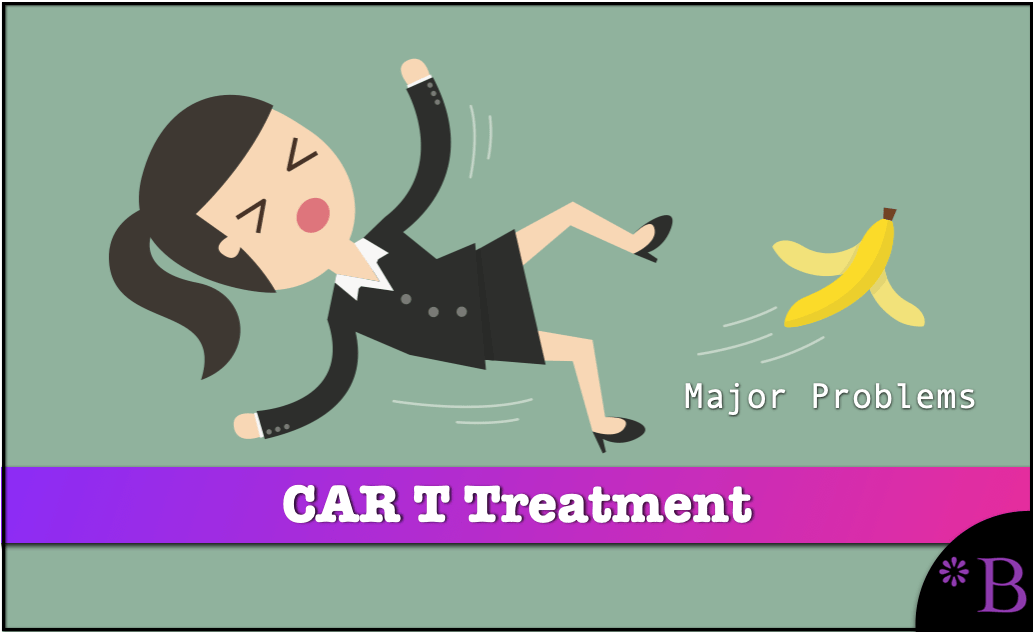The Multiple Problems with CAR-T as a Cancer Treatment
Executive Summary
- CAR T is a new, very hyped treatment by the medical establishment.
- This article provides a much more realistic explanation of CAR T.

What Does CAR-T Therapy Stand For?
How CAR-T works is explained in the Cleveland Clinic article CAR T-Cell Therapy?
Your T-cells are white blood cells in your immune system. Your immune system monitors your body for intruders, including cancer (and also infected or other abnormal cells), by tracking proteins called antigens. Antigens are located on intruder cells’ surfaces.
Your T-cells have their own proteins called receptors. Receptors are like the anti-virus software on your computer. When your T-cell security team senses intruder antigens, they use their receptors to catch and block the intruders. More than that, your T-cells can kill the intruder cells. But intruder antigens have their own form of protection. They can disguise themselves to hide from your T-cells. CAR T-cell therapy ensures your T-cells can get past intruder antigen disguises or defenses.
This is an overly optimistic explanation of the effectiveness of CAR T therapy. And the term CAR T is not particularly memorable — I prefer the “T cell boosting” treatment.
How CAR-T Therapy Works
The following quote explains how CAR-T therapy works.
CAR-T cell therapy is an immunotherapy, a type of therapy that helps a patient’s own immune system fight their cancer. Doctors draw blood from the person with cancer. The person’s T cells, white blood cells that develop from stem cells and help fight infection, are then separated from the blood in a laboratory that makes the CAR-T cell product. There, scientists change the genetic make-up of the T cells, making them produce customized receptors called chimeric antigen receptors that recognize specific proteins on tumor cells. These engineered T cells are then grown, or expanded, in the lab.
cost, CAR-T cell therapy, treatment, lymphoma, cancer.
Once the CAR-T cell product has expanded, the person with cancer receives chemotherapy known as lymphodepleting treatment. This treatment clears the way in the body for an infusion of the re-engineered T cells, which multiply further in the patient’s body. The CARs then help the person’s T cells find a certain protein, known as an antigen, on the surface of cancer cells and destroy the cancer.
This is a very esoteric treatment that also uses chemotherapy. It is similar to monoclonal antibodies in that the immunological entity is reproduced outside the body and then injected into the patient.
Problem #1: The Extraordinary Cost of CAR-T
A problem that is not sufficiently a topic is that CAR-T is ridiculously expensive, and this is explained in the article The Price of Hope: Weighing the Cost of CAR-T Cell Therapy in Treating Blood Cancer.
CAR-T cell therapy is complicated; it’s also potentially expensive for those who qualify for treatment. In a July 2020 comment on the Centers for Medicare & Medicaid Services (CMS) Hospital Inpatient Prospective Payment System proposed rule, the American Society of Clinical Oncology noted the average cost of a CAR-T cell product at $373,000, with the estimated cost of CAR-T cell therapy and related services at $419,238.
This cost seems to be something that can vary significantly higher than this. This is explained in the Cleveland Clinic article CAR T-Cell Therapy.